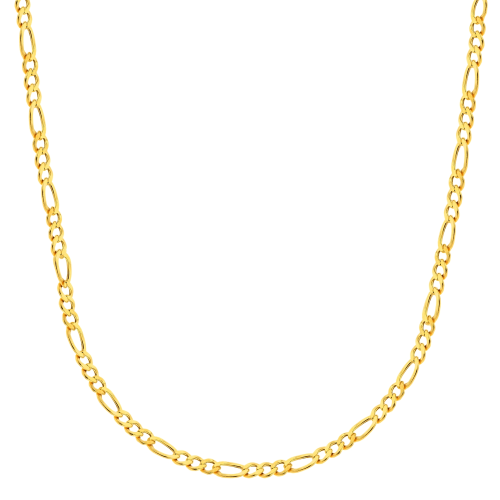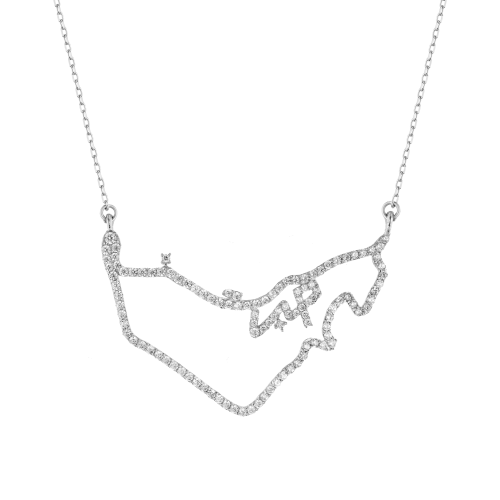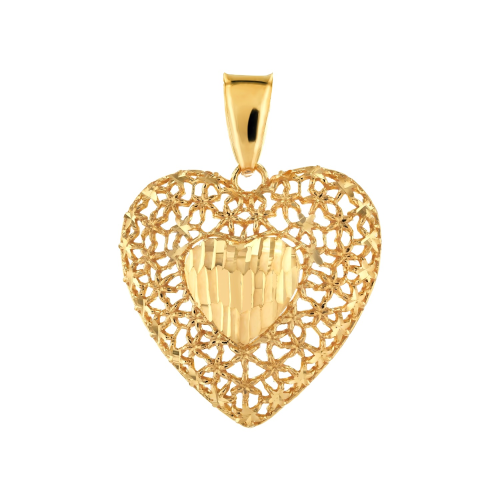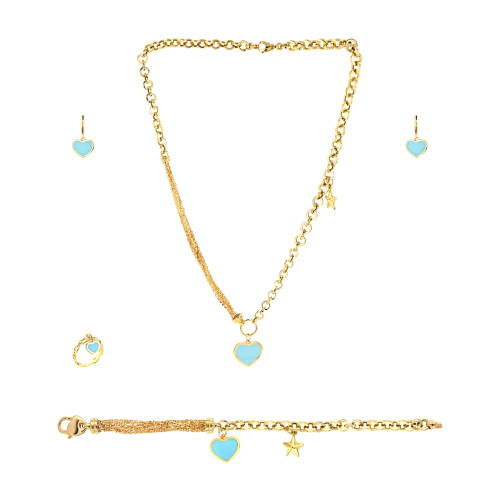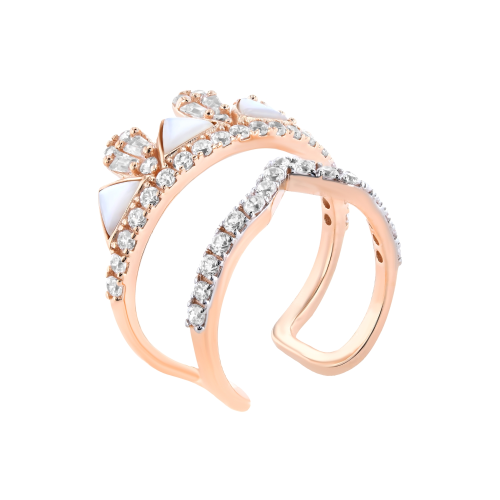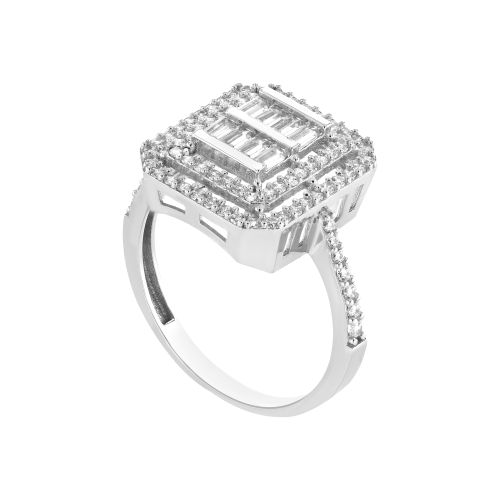October, the Colour Changing Month
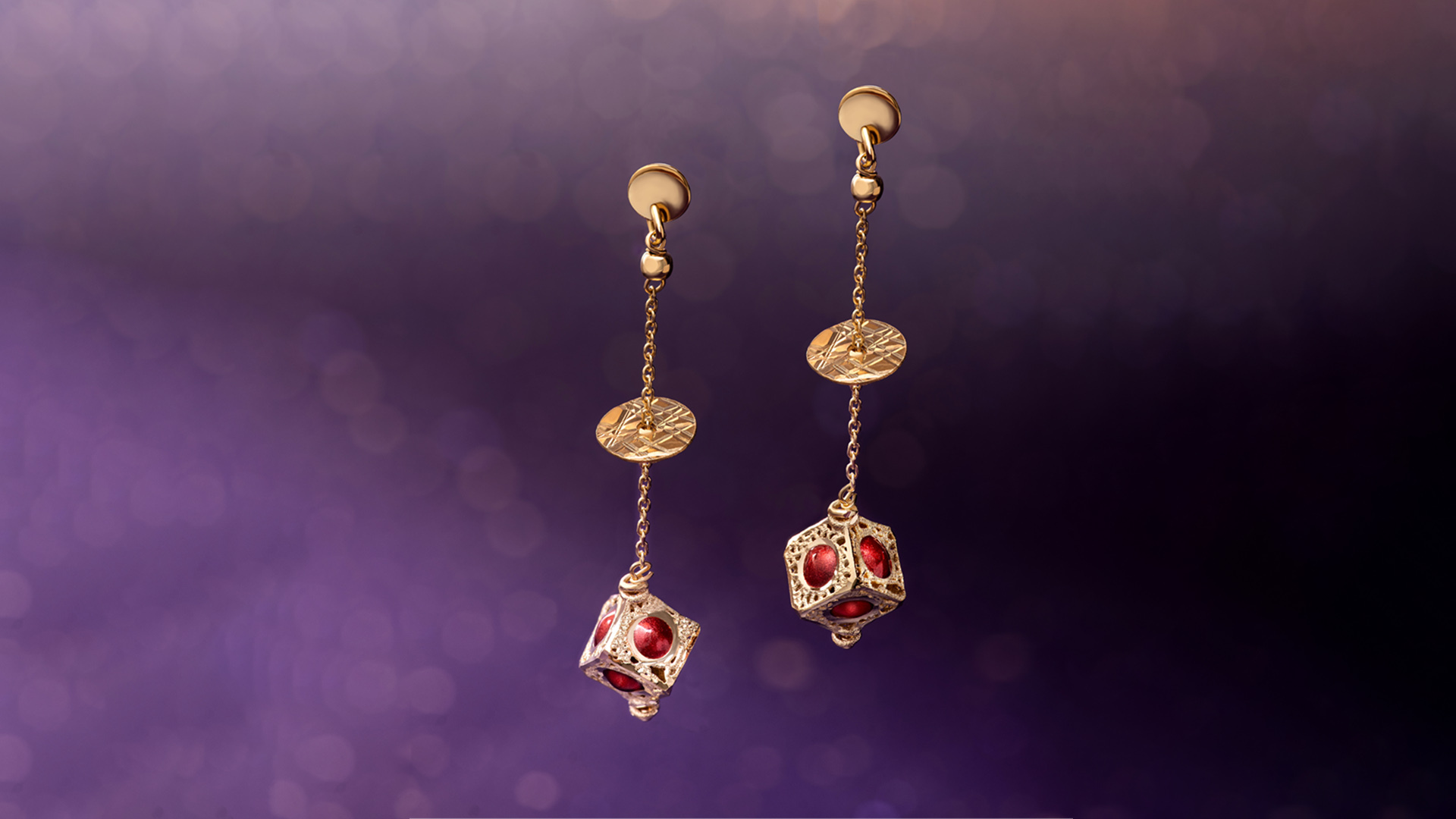
For many, October may alert the horror sense in us, recall the stuffed turkey as a symbol of Thanksgiving celebration, or tranquillize ourselves with the breathtaking scenery of falling tree leaves. However, this leaf-falling month is much more than this. It is in fact the month of raising awareness for many important issues, and the colour-changing stones, Opal and Tourmaline.
In October, we have many international days and observations. It is the month of breast cancer awareness, mental health awareness, preventing bullying, blindness awareness, and health literacy awareness among many others.
October carries many positive vibes and promotes a better life in mental and physical health. Therefore, October’s two unique birthstones have been considered once, till this present day for many, healers, and power providers.
So, how do these birthstones match the uniqueness and beauty of October?
Both of these birthstones are chameleon-effect gemstones. Many gemstones have a rare phenomenon related to their colour. Opal, the traditional October birthstone and Tourmaline the modern birthstone, have this beautiful colour-change effect and a range of different colour hues.
What is unique about these two birthstones?
Like October, both exhibit range of different colour hues making both unique, and in some cases, they may be even rare than diamonds. They fit perfectly in fine jewellery making to embellish gold earrings or gold pendants for instance!
Let’s dig out more about these fabulous gemstones of October. In this article, we will focus on the traditional October birthstone.
Opal
As Shakespeare described it, the Queen of all gems! Opal combines the beauty of green emeralds, red rubies, blue sapphires and many other amazing gemstones. Opal has them all.
It is the most colourful and fascinating gemstone making it, the most desirable stone on a special jewellery piece for yourself or a special one.
How is this diversity of colour created in opal?
To know the answer, we need to know more about opal. So, what is opal?
Opal is a hydrated amorphous form of silica, and opals contain usually around 20% water. This makes them soft and they rank low on the Mohs scale.
Their nature, being an amorphous form of silica makes them have an unpredictable chemical structure. If we will have a deeper look at its structure we can see little tiny spheres. When they are exposed to light, or to say it clearer, when the light hit them, it reflects in different angles.
Since Opal is made of these different spheres, when the light hit different sizes or places, the reflection will hit different angles, thus creating different colours each time. Therefore, each colour is created at a different light-bouncing angle. So, when we move opal, we will definitely see different colours.
The way how opals work while creating a change colour or different hues is actually different than other gemstones that have multiple colours. Usually, the gemstone will have different elements or inclusions that cause a colour change. Unlike opal, that is due to its hydrated chemical structure that creates from light bouncing angles great hues of colour.
This phenomenal stone, however, has some negativity. Mainly, being very soft that may be subject to scratching easily.
How some jewellers overcome this, is by placing a layer under the opal of a stronger metal, or a stone acting as a strong base. Alternatively, sometimes, adding resin covers the surface of the stone as a protective top layer.
By the end of time, due to this feature, opals are actually among the most affordable, if not cheap, gemstones. So, compared to its price, it is worth buying and enjoying the uniquely beautiful colours.
Opal in Royalty World!
Opal had its significance as a positive gemstone during the Victorian Age to overcome the superstition that was associated with during the medieval age. It was believed, it is still there to some extent, that opal should be worn only by October’s born people, or else it will be bad luck to its wearers.
It started to gain popularity among royal family members in the 19th Century. Starting from Empress Josephine of France who had a quite remarkable collection of opal jewellery and her famous “The Burning of Troy” opal jewellery that was a gift from her husband Napoleon.
Prince Albert gifted his wife, Queen Victoria an opal ring. She also gifted all her daughters opal rings. She was fond of this unique stone, and she tried hard to fight the unrealistic superstition associated with this beautiful stone. She gifted her family members and friends jewellery studded with opals as a gesture from her to fight this superstition.
Whether you are superstitious or not, the unique beauty of opal and its great mix of colours is worth trying to wear a pair of opal stud earrings or a pendant.
